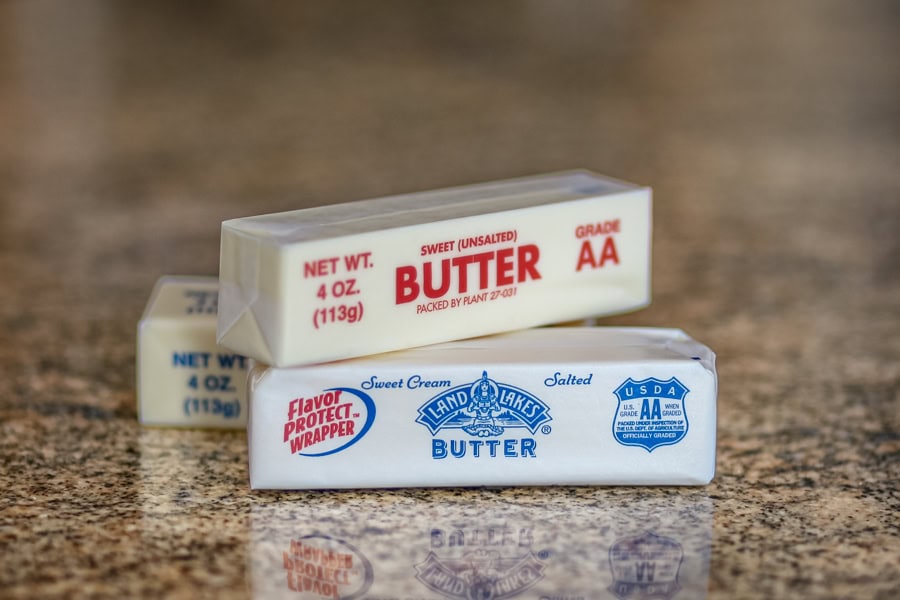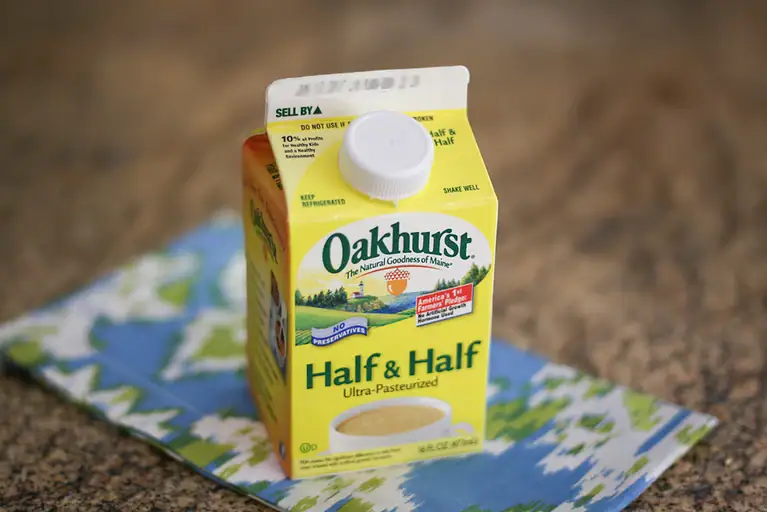How to Substitute Salted Butter for Unsalted
Here’s how to adjust the salt level when the recipe calls for unsalted butter and all you have is salted.

Every cook eventually runs into the same situation: the recipe calls for unsalted butter, but all you have on hand is salted. You might even have only unsalted butter and need to add extra salt to the recipe. The good news? You can almost always make the swap without ruining your dish. You just need to know how to adjust the salt.
Salted butter contains added salt—anywhere from 1/4 to 1/2 teaspoon per stick (½ cup). That extra seasoning can throw off delicate desserts, but in most baked goods and savory recipes, it’s easy to adjust. Whether you have unsalted or salted, here’s precisely how to change the salt.
Why Recipes Call for Unsalted Butter
Unsalted butter is usually preferred because the salt content of salted butter varies by brand. Using unsalted gives you complete control over the flavor. In most cases, it’s easy to adjust once you know the general rule of thumb.
How to Substitute Salted Butter for Unsalted
- For every ½ cup (1 stick) of butter, reduce the recipe’s salt by ¼ teaspoon.
- If the recipe doesn’t call for any added salt, go ahead and use salted butter—you’ll just notice a slightly more pronounced salty flavor.
- In savory recipes, the difference is minor, and the little extra salt often enhances the dish.
How to Substitute Unsalted Butter for Salted
- When substituting unsalted butter for salted, add about ¼ teaspoon of salt per stick of butter to the recipe.
- This mimics the flavor of salted butter, though it doesn’t have to be exact. In baked goods and especially in savory dishes, you can taste and adjust as you go.
??? When You Shouldn’t Swap
Delicate pastries and candies: Recipes like puff pastry, pie dough, buttercream frosting, and caramel rely on precise flavor and texture balance. Unsalted butter gives you more control and consistent results.
Clarifying butter: Unsalted butter is the better choice for making clarified butter or ghee. Salted butter browns faster and can leave behind salty or scorched solids, while unsalted produces a cleaner result.
? How to Store Butter
Room temperature: Salted butter can be kept in a covered butter dish or butter keeper for up to 1 to 2 weeks, as long as your kitchen is reasonably cool (below 70°F). If you use a French butter crock, change the water every few days to keep it fresh. Unsalted butter is best stored in the refrigerator and should only be left out for a couple of days at most.
Refrigerate: Store butter tightly wrapped in its original package or in an airtight container for up to 1 month.
Freeze: Butter freezes very well for up to 6 months. Cut into sticks or half-sticks before freezing for convenience.
To use: If frozen, thaw overnight in the fridge. For pastry making, you can grate cold or frozen butter directly into the dough.

